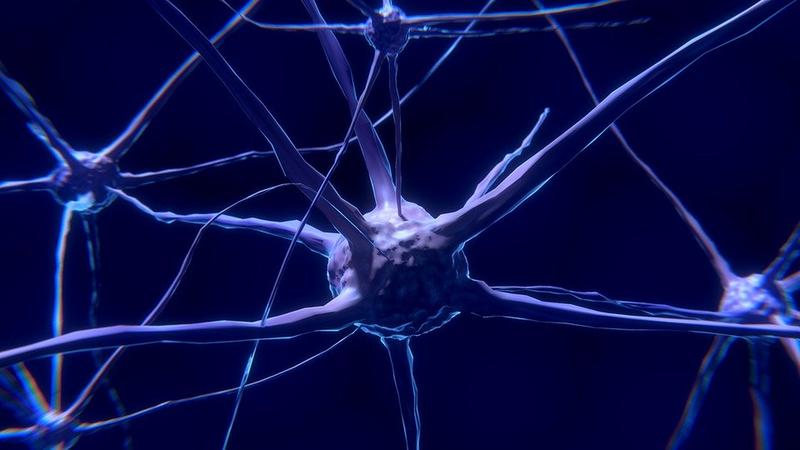What Is the Function of the Axon Terminal?

The axon terminal holds a very important function in the brain and is a key part of nervous system function. An axon is a process that extends out from a brain cell. These processes can either be dendrites or axons. The terminal of the axon, generally speaking, allows the axon to make connections to other brain cells, in which neurotransmitters, such as dopamine or serotonin, flow through.
What Are the Parts of a Neuron?
A neuron is the more scientific term for a brain cell, and it has a specific structure. Its body is called the soma, and the processes that extend from it are either dendrites or axons, which both have different functionality. Dendrites have more to do with the storage and processing of information that neurotransmitter movement. However, dendrites can receive an excitatory or inhibitory signal or both. An excitatory signal fires the dendrite, which creates a message, known as action potential, which travels down the axon. Inhibitory signals prevent firing. These axons receive messages and send them through their terminals at the synapse, which is a complete neuron-to-neuron connection.
Who Are the Functions of a Neuron?
The three basic functions of a neuron are to discern whether signals should be passed to other neurons to receive signals from other neurons and to communicate signals to other cells, which can be neurons or other cells. The axon and its terminal are at the heart of the messaging system.
What Is the Axon and Axon Terminal Responsible For?
The axon and its terminal are at the heart of the messaging centers in the brain. After a message travels down the axon to the terminal, a connection is made with the synapse. These small connections in these
gaps (synapses) allow the terminal to pass information along to another cell, often triggering the release of a neurotransmitter. Based on the type of message sent, this message center can also prevent a message from being passed.
What Are Neurotransmitters?
A neurotransmitter is essentially a messenger in the brain. After the neuron-to-neuron connection is made, the message must then be sent, and different neurotransmitters relay different messages. Neurotransmitters can be responsible for regulating heart rate, helping with mood and concentration, aiding in digestion, or controlling muscle movement. There are three types of neurotransmitters, which compare to the messages sent in the brain. These are excitatory neurotransmitters, which implore action, inhibitory neurotransmitters, which likely prevent action, and modulatory neurotransmitters, which are communicators and can be either excitatory or inhibitory, depending on the situation.
What Are Common Names of Neurotransmitters?
Neurotransmitters that students or patients may be familiar with include:
- Acetylcholine
- : Regulates muscle control, but is also related to memory and cognition
- Dopamine: Which is related to mood, memory, and cognition but also muscle movement
- Endorphins: Which are pain inhibitors and can create euphoria
- Epinephrine: Which is another term for adrenaline, which is the body’s fight-or-flight mechanism
- Gamma-aminobutyric acid (GABA): Which regulates mood
- Serotonin, which is related to mood, sleep, appetite, and Circadian rhythm
In addition to these, there are more than 100 neurotransmitters present in the brain at any given time.
What Happens When There Is a Brain Imbalance?
Regardless of how well the axon and its terminal are doing their jobs, there can sometimes be imbalances of neurotransmitters in the brain, which are often linked with psychological or physical disorders. These can be milder, such as seasonal affective disorder (SAD), which is directly connected to lower levels of serotonin, or they can be more severe, as a lack of dopamine is connected to the neurological disorder Parkinson’s disease. Too much GABA in the brain is linked to anxiety, while high levels of acetylcholine are linked to epilepsy and seizures. Medications are the first-line treatment when it comes to neurotransmitter imbalances in the brain.





